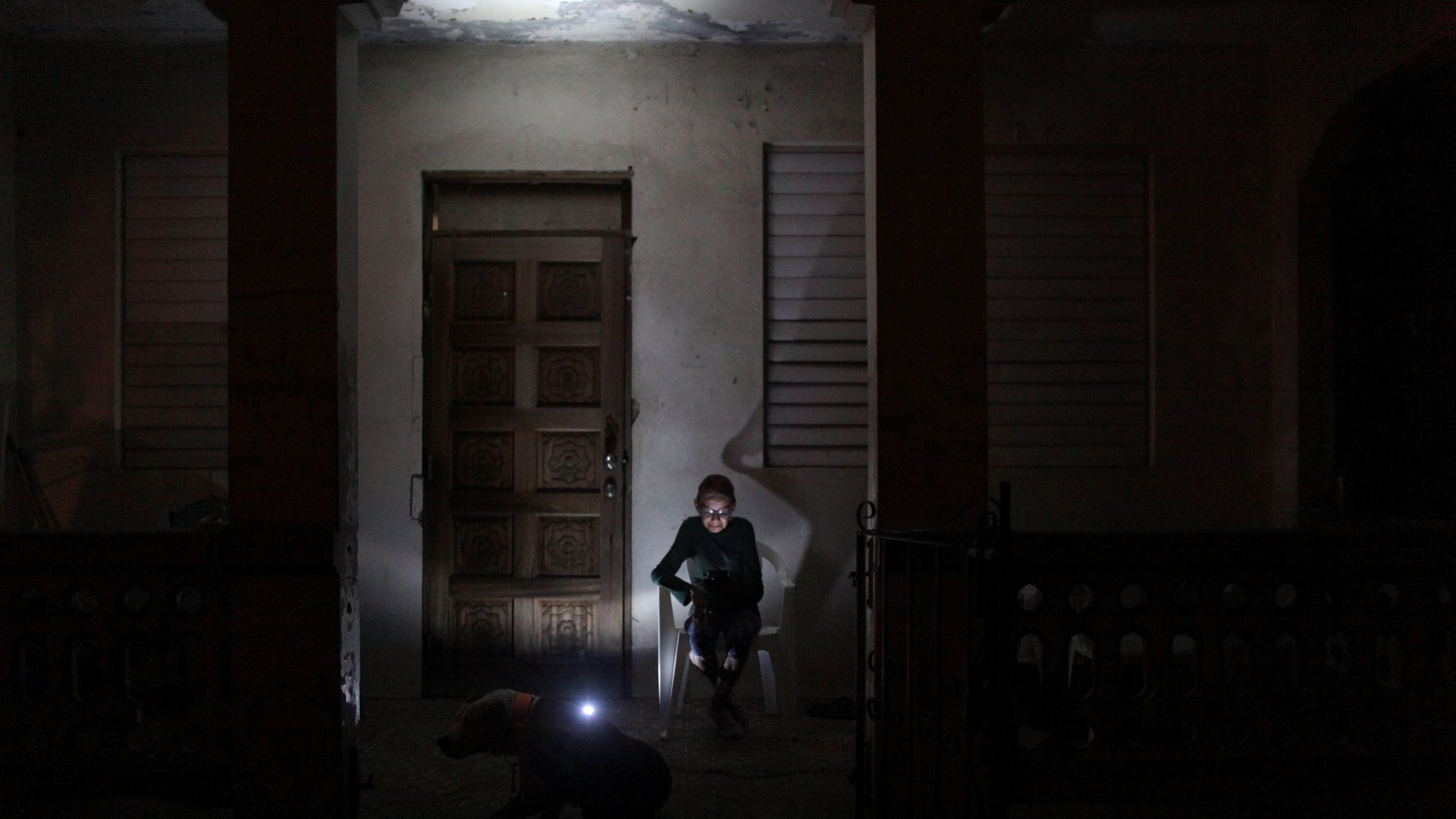Puerto Rico just asked for enough batteries to supply 5% of its peak electricity demand
On June 22, Puerto Rico quietly asked the world (pdf) to deliver one of the biggest battery systems ever built. Posted on a government website, the proposal calls for the island to add at least 200 megawatt hours (MWh) of batteries as it rebuilds in the aftermath of Hurricane Maria. That would be enough to supply 5% of the US commonwealth’s peak electricity demand (pdf).


On June 22, Puerto Rico quietly asked the world (pdf) to deliver one of the biggest battery systems ever built. Posted on a government website, the proposal calls for the island to add at least 200 megawatt hours (MWh) of batteries as it rebuilds in the aftermath of Hurricane Maria. That would be enough to supply 5% of the US commonwealth’s peak electricity demand (pdf).
Omar Marrero, the director of Puerto Rico’s public-private partnerships agency, said that ten substations would receive 20 megawatt-hours (or larger) battery systems at a cost of $3.8 million each. If successful, the proposal could scale up to 1,600 MWh over three phases. Set to come online in mid-2019, these systems will replace oil or diesel power plants with solar power and batteries. Energy analysts expect net savings of $8 million to $12 million per substation.
“It will be resilient and reliabile at a fraction of costs of diesel” now supplying electricity during peak hours, Marrero told Quartz by phone. “The government is fully committed to making Puerto Rico a case study for renewable energy storage, and resiliency in general….The governor’s position is that the energy system has to leapfrog to new sources.”
The island is frantically trying to restore power after months of deadly delays. An estimated 4,645 people were killed by Hurricane Maria and its aftermath, far higher than the official death toll of 64, a recent Harvard University found. The US government is sending billions of dollars in infrastructure aid to the island. This project, originally proposed by Tesla, according to Marrero, is now being put out for a competitive tender. It is one of the 15,000 or so storage projects that the nonprofit industry research organization Electric Power Research Institute (EPRI) estimates are ongoing on the island by Tesla, Fluence, SunRun and others.
“This is definitely significant,”said Ben Kaun, an energy storage expert at EPRI. While small in absolute terms (California has about 2 GW of energy storage on order, or 3% of total demand), it represents a far greater share of total demand that most regions. That’s significant because the island could serve as a model for integrating grid batteries, and renewables, worldwide, Kaun says.
Although Germany and Japan have pioneered energy storage efforts, Puerto Rico’s proposal for a coordinated utility-scale effort may yield new insights because of its scale and sophistication. In most areas, batteries’ full potential can’t be used because of a lack of connectivity, sensors and coordination software. Puerto Rico’s system may be a template for designing grids with more batteries supplying the full range of services from voltage regulation to mini-grids capable of functioning independently of the larger system.
Marrero acknowledged Puerto Rico has “been anything but transparent” about the rebuilding process until now. The recovery was delayed amid mismanagement and a now-canceled contract struck with Whitefish Energy, a two-person company in Montana that donated generously to Trump’s campaign and has links to Interior Secretary Ryan Zinke. The $300 million contract with Whitefish to rebuild the island’s infrastructure was killed after FEMA expressed concerns, and it was revealed that the contract had a clause preventing the US government from examining Whitefish’s profits from the deal. Puerto Rico’s utility and Whitefish denied any wrongdoing.